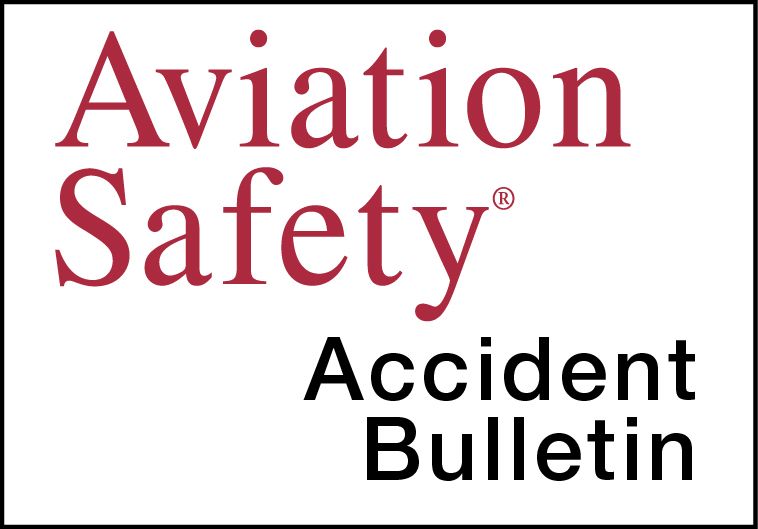AVweb’s General Aviation Accident Bulletin is taken from the pages of our sister publication, Aviation Safety magazine. All the reports listed here are preliminary and include only initial factual findings about crashes. You can learn more about the final probable cause on the NTSB’s website at www.ntsb.gov. Final reports appear about a year after the accident, although some take longer. Find out more about Aviation Safety at www.aviationsafetymagazine.com.
June 10, 2019, New York, N.Y.
Agusta A109E
At about 1340 Eastern time, the helicopter was destroyed when it impacted the roof of a building. The solo commercial pilot was fatally injured. Instrument conditions prevailed.
According to personnel at the East 34th Street Heliport (6N5), the accident pilot had waited about two hours for local weather to improve. Prior to departing, he mentioned that he saw a “twenty-minute window to make it out.” Preliminary tracking data depict the helicopter flying south over the East River, before changing course northward. A few minutes after departing, the pilot contacted 6N5, requesting to return to the heliport, and was advised where to land. The pilot then radioed that he “did not know where he was.” The helicopter flew erratically over the East River, changing course and altitude several times, before approaching 6N5 from the west. About 500 feet west of 6N5, at 600-700 feet MSL, the helicopter reversed course, and flew erratically over Manhattan before impacting a roof of the 54-story building at 787 7th Avenue, coming to rest below the exterior walls and catwalks surrounding the roof at about 765 feet MSL. The helicopter was partially consumed in a postcrash fire.
The 2800-hour pilot held a commercial and a flight instructor certificate, both with helicopter ratings. At 1351, weather reported about a mile northeast of the accident site at a 156-foot MSL elevation included an overcast ceiling at 500 feet AGL, visibility 1¼ sm in rain and mist, and wind from 070 degrees at eight knots.
June 10, 2019, Ramona, Calif.
Cessna 210D Centurion
The airplane experienced a total loss of engine power and collided with terrain short of a runway at about 1245 Pacific time during the ensuing forced landing. The flight instructor and pilot-rated passenger were not injured; the airplane sustained substantial damage to its right wing. Visual conditions prevailed.
While inbound to the Julian VOR at about 6000 feet MSL, engine speed increased to above 3000 rpm; in response, the pilot retarded the propeller control to 2400 rpm and turned back for the airplane’s base airport. While en route, he felt the airplane shake and declared an emergency to the Ramona ATC Tower. The airplane touched down about 700 feet short of Runway 27.
Examination revealed engine oil coating the airplane’s belly, plus several holes in the crankcase. The engine was equipped with an oil filter adapter installed under a Supplemental Type Certificate. External examination revealed it was loose, and the adapter housing could be rotated about the shaft. The crown head of the shaft and the oil filter screen bolt both remained safetied.
June 15, 2019, Upland, Calif.
Cessna 182M Skylane
The airplane was substantially damaged at about 0943 Pacific time during a forced landing following engine failure after takeoff. The private pilot and two passengers sustained serious injuries. Visual conditions prevailed.
The pilot later reported that, as the airplane climbed through about 250 feet AGL, the engine began to sputter. He turned left to return to the airport but the engine lost all power and he initiated a forced landing to an open area south of the departure runway on airport property. He intended to land “hard” to break both landing gear legs off so the airplane would slide to a stop. However, the airplane bounced, became airborne, and traveled across a road before it landed in a parking lot, impacted trees and came to rest upright.
This article originally appeared in the September 2019 issue of Aviation Safety magazine.
For more great content like this, subscribe to Aviation Safety!



































